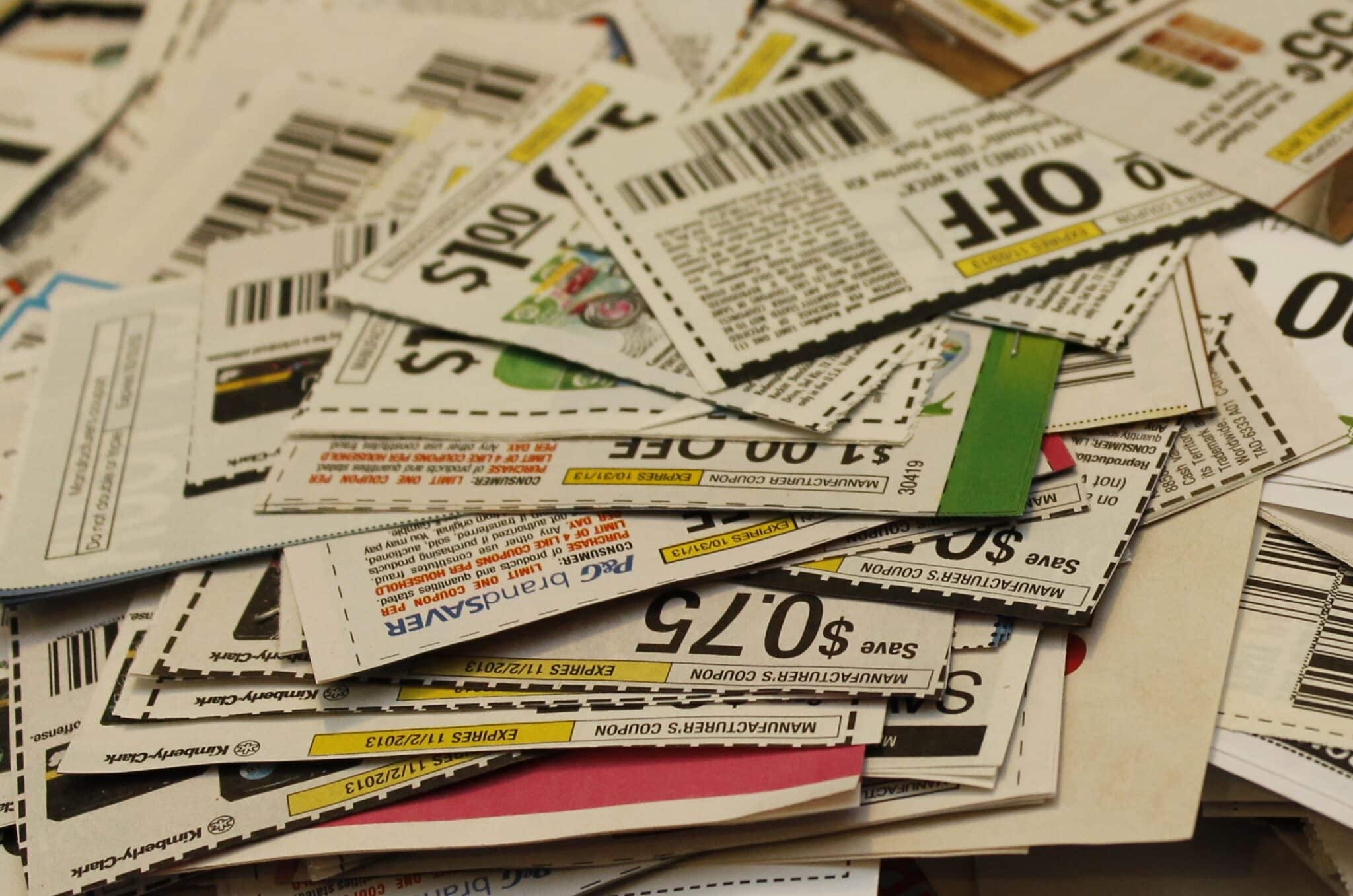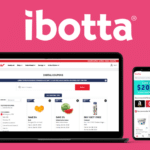We’ve certainly seen the predictions about – and seen for ourselves – the rapidly increasing pace of promotions shifting to digital formats. The more that coupons go paperless, the more we hear about the eventual, inevitable demise of paper coupons. And now those predictions are getting bolder, as the very people who issue coupons are weighing in, predicting that a decade from now, paper coupons will cease to exist altogether.
That insight comes courtesy of new research from Ibotta, the cash-back provider that’s been calling its digital offers “better than coupons” for more than a decade now. Ibotta has prepared dual “State of Spend” reports, one focused on marketers and one on shoppers, to see how they’re navigating the current economic and promotional environment, and how they anticipate shoppers will be saving in the future.
The first report surveyed 400 marketers and brand managers who work at or with consumer packaged goods (CPG) companies. Among their predictions – 83% believe paper coupons will become obsolete in the next ten years. That may not ring true to those who believe paper coupons will always be around for those who prefer them – just like paper money is still around, even though many of us have gone cashless. But it rings true to these marketers, because for many of them, paper coupons are already obsolete.
“The most common channels CPG marketers are utilizing this year are digital-first,” like digital ads, social media marketing and digital cash back offers, Ibotta found, “while some time-honored tactics such as in-store marketing and paper coupons are being removed from their toolsets,” with roughly a quarter of marketers saying they no longer offer paper coupons or in-store promotions at all.
When asked what they’re spending more on today as compared to three years ago, customer loyalty programs tops the list, while paper coupons are tops on the list of what marketers are spending less on. When asked to predict what they’ll be spending more on three years from now, digital cash-back offers tops the list, while paper coupons are most likely to be cut back.
Part of the reason is that marketers say digital offers simply work better than paper. 86% say digital rewards are more cost-effective than paper coupons. And when it comes to reaching marketing goals like increasing sales, attracting new customers or growing brand loyalty, marketers say digital is more effective than paper across the board.
Digital proponents often say they’re shifting from paper to digital because that’s what shoppers want. But it’s clear from these survey results that marketers might like digital even more than their customers do. So there may be a bit of projection going on, when 79% of marketers said the customer experience is better with digital offers as compared to paper coupons, and 88% said shoppers have a more positive sentiment towards digital rewards than paper coupons.
So do they really? Ibotta conducted a separate survey of 2,500 grocery shoppers to find out. When asked their preferred way of accessing coupons and savings on their grocery purchases, 70% of shoppers said digital, while the other 30% opted for paper. Digital offers were more likely than paper to make shoppers “feel valued as a customer,” to encourage them to buy the brand again, or to recommend it to others. And with groceries costing more these days, “looking for digital savings/cash back” is the top money-saving tactic, cited by 62% of shoppers. About half are opting for store-brand items or just buying less overall, while only a third are looking for paper coupons.
Part of the reason is the ubiquity of cell phones. These days, you’re much less likely to see a shopper strolling around a grocery store with an overstuffed coupon binder, than you are to see shoppers checking their phones for a deal. Two-thirds of in-store grocery shoppers are “engaging with a digital device in at least one phase of their shopping journey,” before, during or after their shopping trip, Ibotta found. 38% are using their device to look for digital offers. That jumps to 59% among online grocery shoppers.
And despite some marketers’ concerns that cash-back apps simply give away discounts to shoppers after the fact who were going to buy their product anyway, Ibotta found that the majority of shoppers look for digital offers before making a purchase. Less than 10% say they look for offers only after completing their shopping trip.
Overall, 87% of shoppers say it’s important to save on groceries right now. So they’re seeking out the best, the easiest and the most lucrative ways to offset grocery price increases. Whether shoppers are demanding their savings in digital form, or marketers looking out for their own interests are pushing them to do so, may remain the age-old, chicken-or-the-egg question. But whoever’s driving the change, it’s happening. Whether the shift to digital will really result in the total demise of paper coupons as predicted – we’ll have to check back in ten years to find out.
Image source: cpyles ![]()

















It’s quite possible that a survey about the decline by Ibbota might be a little biased.